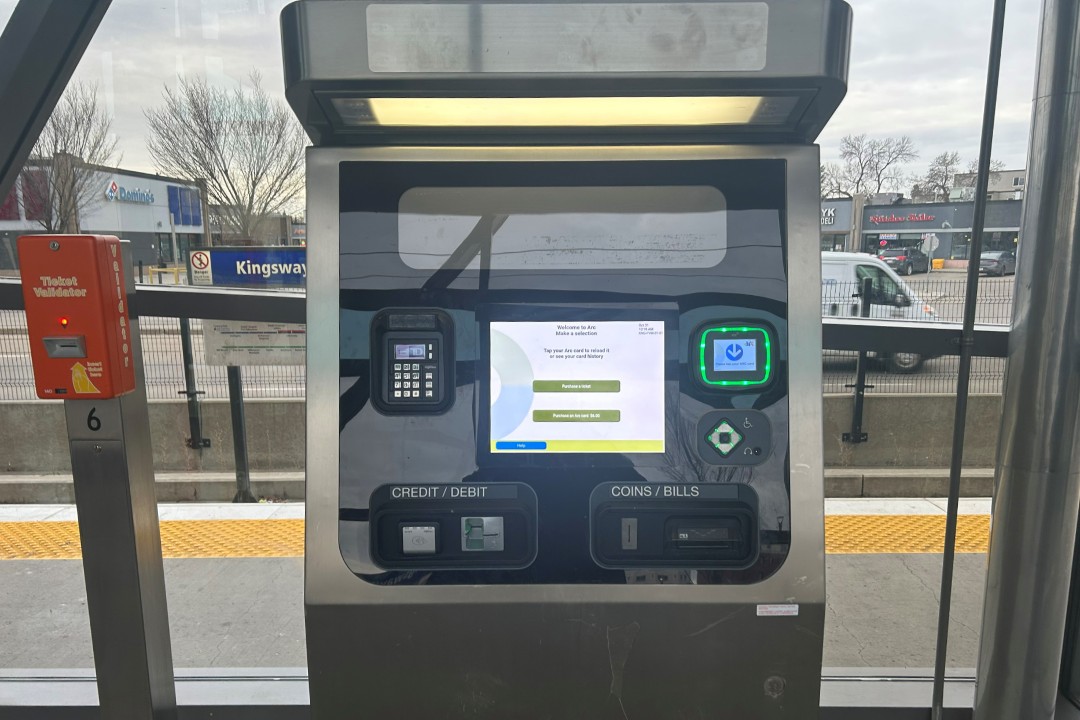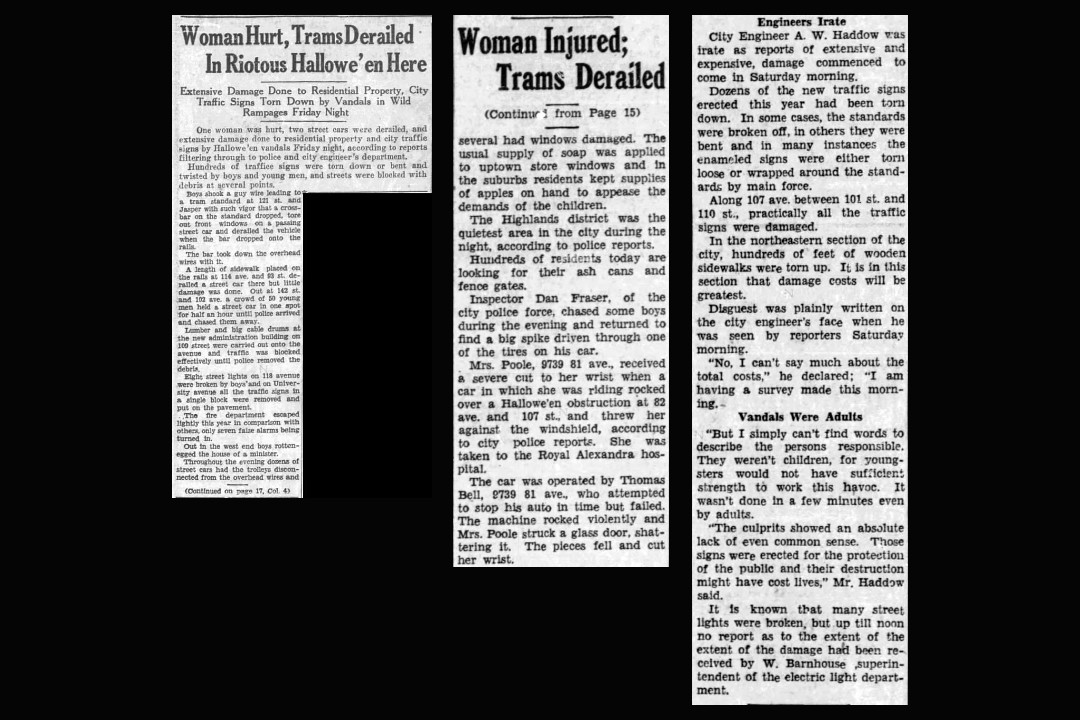
Arc card adoption reaches 63%
As the Edmonton Transit Service decommissions older fare machines, the adoption rate of its new smart-fare system is nearing two-thirds of Arc-eligible riders, exceeding expectations.
In September, Arc users accounted for 63% of Arc-eligible fares — that is, the U-Pass, adult fares, and youth/student fares, which were added on Sept. 25. That resulted in 55% of total revenues coming from Arc in September, the most recent month for which data was available.
"Other jurisdictions that have implemented smart fares — I'll just caution, it wasn't necessarily done in a phased manner like we're doing — but they typically had, at the high end, maybe 30% adoption until they eliminated their paper fare products," Carrie Hotton-MacDonald, branch manager for ETS, told Taproot. "We will see a sharp increase, obviously, when you take away the older traditional fare products."
Efforts to reduce conventional fare payment continue with the decommissioning and replacement of older fare machines at LRT stations and transit centres starting on Nov. 1. For now, the new machines will still sell individual paper tickets, but the ultimate goal of Arc is to go completely paperless, including the elimination of the current physical monthly pass. The decommissioning process should take "a few weeks" and be completed by the end of the year, Hotton-MacDonald said.
Will there be growing pains as the new machines replace the old ones? Hotton-MacDonald doesn't think so.
"We have a lot of the vending machines already in place, and this is just adding even more," she said. "We're also working on plans to ensure that we have the older style ticket validators for people that are still using paper tickets. But we highly, highly recommend people switching over to Arc if they're able."
Some transit users have experienced outages at fare validators, which read the cards at the bus door or entry to proof-of-payment zone in LRT stations.
"We recently learned some validators were having technical issues and are working closely with our vendor to resolve these issues," Hotton-MacDonald's office said in an email. "When validators appear to be offline, riders can still tap their Arc card. Once the validator is back online, any transactions made during the offline period will be reflected in the account."
These outages have created some strain on bus drivers.
"Like any new technology, the Arc card has come with its glitches," Amalgamated Transit Union Local 569 president Steve Bradshaw told Taproot. "When it doesn't work, and you've got maybe half a dozen or a dozen passengers … holding up the operator who has a set schedule that he or she needs to keep to, that can be frustrating for them."


